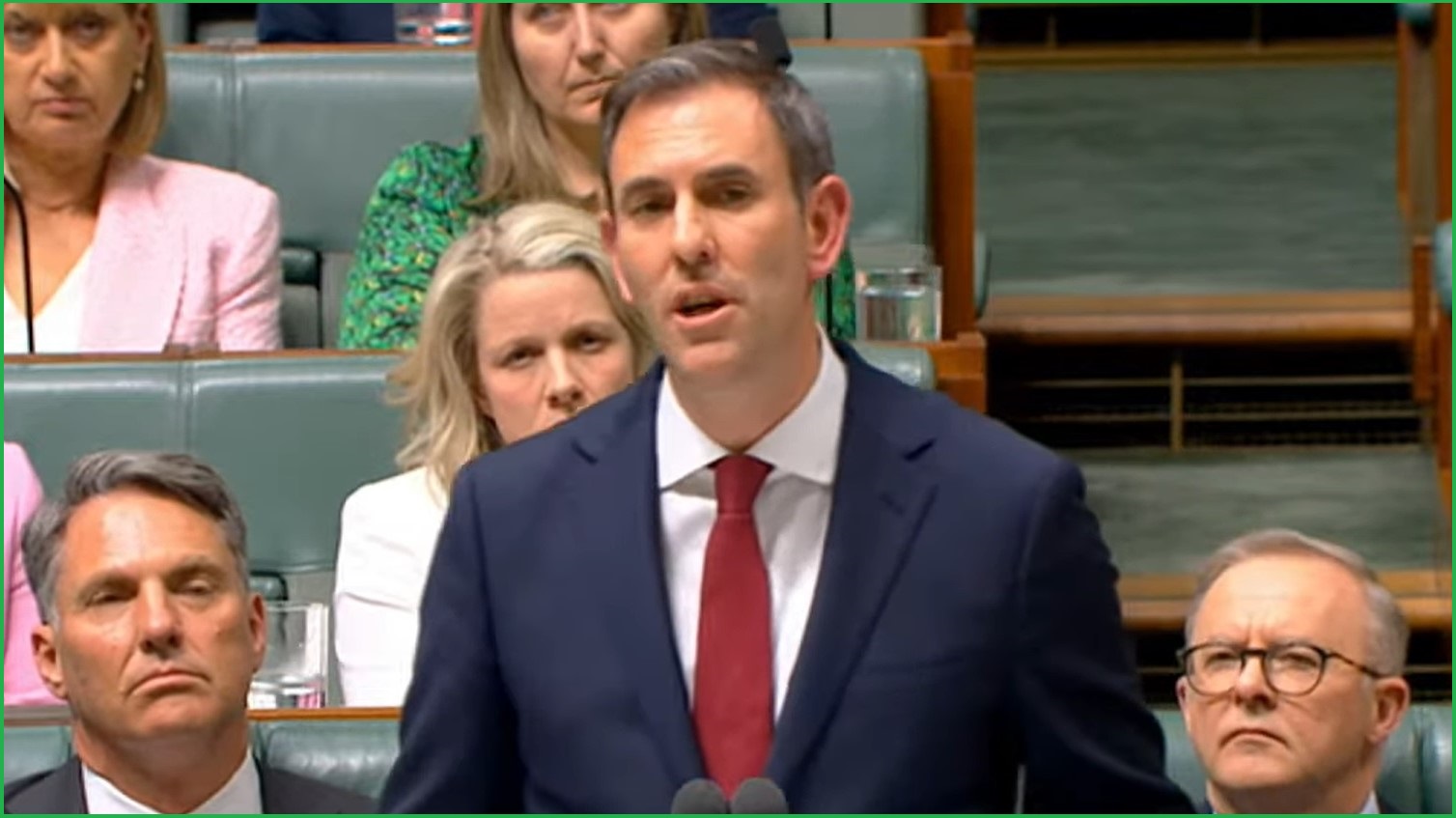Small spends to enhance cyber security, digital skills training, and NBN upgrades are about the extent of joy for Australia’s technology sector in the new Labor government’s first budget which was handed down on Tuesday.
Treasurer Jim Chalmers said the focus was on providing targeted, careful relief for flood victims and families as he warned of a grim economic forecast that sees growth slowing as inflation peaks.
“Australians know there are hard days to come, and hard decisions to accompany them,” Chalmers said in his budget speech.
“Getting through this period stronger than we were before will rely on the best of our character – our resilience, our pragmatism, our cooperation and our confidence, and above all, our belief in each other.”
Part of that involves skilling up the country for the jobs of the future and the budget papers outline the funding arrangements needed to bring in Labor’s election promise of 480,000 fee-free TAFE places.
A total of $550 million will go toward a 12-month Skills Agreement next year of which $493 million will fund the free TAFE places, with the states expected to match the Commonwealth cash.
The remainder comprises nearly $7 million patching up TAFE’s data infrastructure along with a $50 million TAFE Technology Fund to upgrade technology at learning centres around the country.
From 2024, around $337 million will help pay for the last 300,000 fee-free TAFE places.
Cash for tech skills
A further $47 million will directly support developing skills in science and technology, spread across a handful of measures including $13.5 million over four years to improve critical and emerging technology policy, and $10 million for Questacon outreach programs to bring the national science and technology centre to regional communities.
Quantum research will get a small shot in the arm with $4.8 million over four years for sponsoring up to 20 PhD scholarships and encouraging greater research collaboration between Australian universities.
The CSIRO recently re-evaluated its forecasting to estimate that quantum technologies could add $6 billion and create 19,400 jobs by 2045.
A five-year funding package of nearly $6 million will go toward increasing the number of women in science, technology, engineering, and maths (STEM) roles through the Women and STEM and Entrepreneurship program along with a review of current programs flagged by Industry Minister Ed Husic last month.
The Women in STEM program has come at the expense of the $4 million over two years Supporting Women’s Mid-Career Transition into the Tech Workforce program enacted by the previous government which has been canned.
While the number of women in STEM is steadily increasing, only 15 per cent of people working STEM-qualified jobs were women in 2021, according to the latest government data.
The next generation of entrepreneurship will be assisted via the establishment of Startup Year, a $15 million over four years program that will fund student loans for 2,000 graduates, postgraduates, and final year students to undertake university accelerator programs.
Some cyber love
On the cyber security front, the government is giving a $5.5 million funding boost to the Office of the Australian Information Commissioner (OAIC) to investigate the Optus data breach in which millions of people had their passport, drivers licence, and Medicare numbers exposed.
A $12.6 million package will go toward fighting scams and fraud over the next four years. This will comprise $9.9 million for the Australian Competition and Consumer Commission (ACCC) to create a National Anti-Scam Centre, $2 million for Home Affairs to grow its relationship with identity support service IDCARE, and $700,000 for a public awareness campaign.
Tuesday’s budget also contained $2.4 billion for another 1.5 million homes to access full fibre NBN connections by the end of 2025.
More broad budget measures were geared at relief for victims of recent devastating floods with $3 billion provisioned for future natural disasters on top of $1.4 billion for disaster payments and greater funding for mental health and legal services in affected regions.
A $4.7 billion over four-year package is aimed at lowering the cost of child care by increasing subsidy rates for most families and conducting inquiries into the cost of child care.










